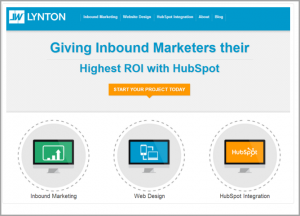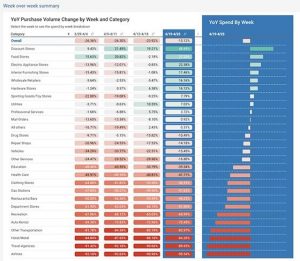It’s no secret that organizations with high levels of Accounts Payable automation spend less than half the time and energy processing invoices than their non-automated counterparts. But that’s not all. As the Hackett Group has uncovered, top performers do much more with automation to ensure their success—they future proof their AP organization using some very specific strategies and tactics. Their secrets to success aren’t rocket science and can be implemented by any company.
In their recent report, “A checklist for Developing a Future-Proof AP Organization”, the Hackett team outlines six key strategies winning companies are using to save big in the automation era. Some of the work they recommend surrounds the AP process itself such as centralizing invoice receipts and getting serious about digitizing data across the organization. But other more holistic concepts they recommend dive deeper into methods for optimizing internal resources and carefully balancing in-house vs outsourced resources.
One of the top recommendations is that high performing companies make significantly better use of information and analytics to gain visibility and strategic insights that drive their performance. According to the Hackett team, winning organizations take notice of all the data they collect, often from multiple forms and various locations, sparing no opportunity to crunch the numbers and create scorecards, KPIs and other metrics as an output.
The power in analytics comes from providing AP leaders with on-the-fly access to information that helps them spend less time dousing cost center fires and more time transforming their department from a tactical operation into a true driver of strategic business value.
What does using analytics to drive AP performance look like?
At the most basic level, companies initially focus on reviewing cost per invoice processed and time spent processing each invoice. Taking this data to new levels may include measuring all aspects of the invoice extraction process to track timing of each area and to identify bottleneck areas, then reporting this data on visual dashboards suitable for management. Using this data to tweak various aspects of the invoicing process can kick savings up to a new level.
Beyond the basics, smart companies may deploy predictive models to help AP leaders analyze and strategically plan for the organization’s future so they can drive better business decisions, investments and growth over the long term.
Some examples of more advanced analytics capabilities that characterize top performing AP organizations may include:
- Implementing supplier master data standards alone can reduce supplier set up costs by half (from $ 12 down to $ 5 per supplier), especially if this information is centralized and controlled. Having a supplier portal where suppliers self-service and can be onboarded with ease also contributes to performance.
- Standardizing global supplier payment terms, including offering early payment discounts that are applied through the supply base segmentation.
- Ensuring compliance by documenting and communicating policies and procedures, then following through with suppliers to ensure procedures are followed.
- Creating simple real-time dashboards that show process performance, so that leaders and others can see at a glance where the organization is winning or failing.
Alongside the analytics and information management mentioned above, organizations should also dig deeper into the other aspects of building a future-proofed AP organization, which include building capabilities in human capital, service partnering, organizational design, governance and technology.
Business & Finance Articles on Business 2 Community
(50)
Report Post




